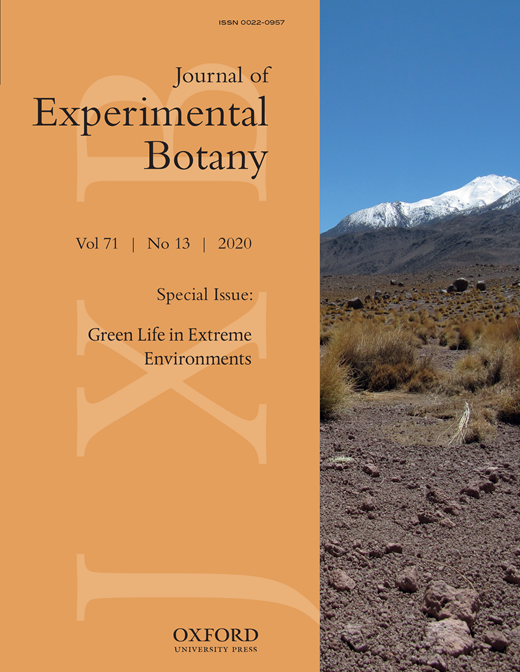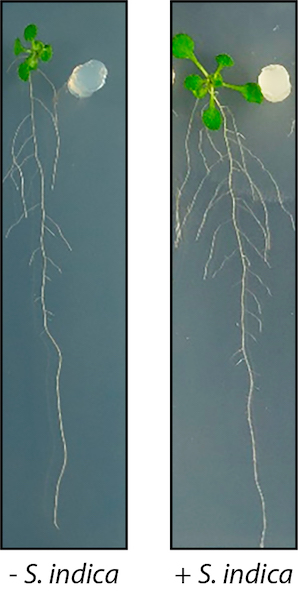Harnessing symbiotic plant-fungus interactions to improve agricultural productivity


Read our latest thoughts about the interaction of plants with non-host specific fungal endophytes from extreme environments. This is the first of hopefully many publications to arise from our IPSC research consortium. ![]()
![]()
![]()
![]()
![]()
![]()
![]()
Pérez-Alonso, M.M. et al. 2020 Journal of Experimental Botany
Global climate change is arguably one of the biggest threats of modern times and has already led to a wide range of impacts on the environment, economy, and society. Owing to past emissions and climate system inertia, global climate change is predicted to continue for decades even if anthropogenic greenhouse gas emissions were to stop immediately. In many regions, such as central Europe and the Mediterranean region, the temperature is likely to rise by 2–5 °C and annual precipitation is predicted to decrease. Expected heat and drought periods followed by floods, and unpredictable growing seasons, are predicted to have detrimental effects on agricultural production systems, causing immense economic losses and food supply problems. To mitigate the risks of climate change, agricultural innovations counteracting these effects need to be embraced and accelerated. To achieve maximum improvement, the required agricultural innovations should not focus only on crops but rather pursue a holistic approach including the entire ecosystem. Over millions of years, plants have evolved in close association with other organisms, particularly soil microbes that have shaped their evolution and contemporary ecology. Many studies have already highlighted beneficial interactions among plants and the communities of microorganisms with which they coexist. Questions arising from these discoveries are whether it will be possible to decipher a common molecular pattern and the underlying biochemical framework of interspecies communication, and whether such knowledge can be used to improve agricultural performance under environmental stress conditions. In this review, we summarize the current knowledge of plant interactions with fungal endosymbionts found in extreme ecosystems. Special attention will be paid to the interaction of plants with the symbiotic root-colonizing endophytic fungus Serendipita indica, which has been developed as a model system for beneficial plant–fungus interactions.

